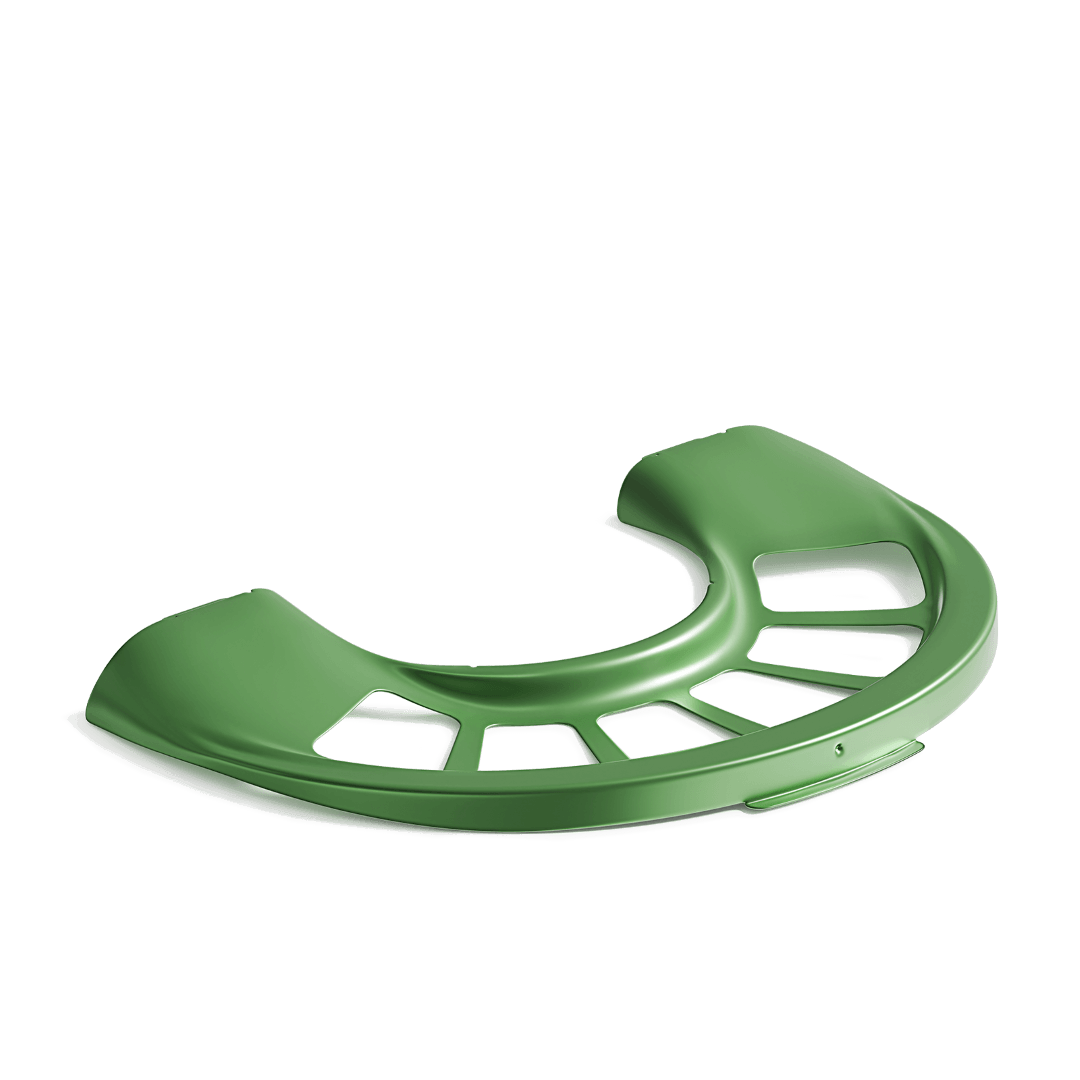Small Long Beaked Birds
1. Hummingbirds

It is vital for humming birds lovers to grow more native flowers and plants that offer more nectar to attract humming birds. For the humming bird feeders, make sure there is no artificial sweetness and change the water before it gets cloudy, at least twice a week.
2. Sunbirds

They can be found in Africa, Asia and Australasia, including sub-Saharan, Madagascar and Egypt. Therefore, it is almost mission impossible to attract them to our back yards in most paces around the world. However, trying your best to be environmentally friendly can not be wrong if you are willing to contribute to the conservation of sun birds.
3. Downy Woodpeckers
 Downy Woodpeckers do not need flowery feathers to look cute. They are black and white birds with distinctive patterns and a red nape, and they are the smallest woodpecker in North America. The long beaks of Downy Woodpeckers are designed for drilling into wood to find insects, so the beaks are also very strong. The whole body of Downy Woodpeckers is around 6-7 inches, and there are amazing shock-absorbing structures in their skulls to prevent brain injury while pecking.
Downy Woodpeckers do not need flowery feathers to look cute. They are black and white birds with distinctive patterns and a red nape, and they are the smallest woodpecker in North America. The long beaks of Downy Woodpeckers are designed for drilling into wood to find insects, so the beaks are also very strong. The whole body of Downy Woodpeckers is around 6-7 inches, and there are amazing shock-absorbing structures in their skulls to prevent brain injury while pecking.Downy woodpeckers are widely found in America, especially common to see on the east side. To attract them, you can provide suet, peanuts, peanut butter, black oil sunflower seeds and mealworms. Downy woodpeckers can be shy, so you can mount the bird feeder in the relatively peaceful part of your backyard. It is even better if the feeder is next to tall and mature trees, as the trees will make these little buddies feel very comfortable.
4. Wrens

Some of the wrens, such as the Winter Wern, are only only 4 inches (10 centimeters) long. These tiny brown birds look like feathered round balls with short round wings and narrow tiny tails. They have long and slender beaks for extracting insects from creves. Wrens are energetic small birds that are famous for their complex and loud songs.
Wrens are one of the most common breeding bird in UK, so that they are consistent garden visitors there as well. However, they are still suffering from population declines in long and bitterly cold winters. If you welcome these brown feathered round balls to your bird feeder in back yard, remember suet, shelled peanuts and peanut butter are their favorite treats.
5. Pygmy Kingfishers

The colors of Pygmy Kingfishers look just like sunset. They are 4.7 (around 12 centimeters) inches in length with a long and pointed beak. Pygmy Kingfishers are excellent hunters, and they use pointed beaks to catch fish and other small aquatic prey.
It is almost impossible to attract these beautiful elves into your backyard, since they are found in Africa and are already absent from much of the horn of Africa, and also the drier western regions of Southern Africa. Now they are found in African woodland, savanna and coastal forest.
6.Red Crossbill

Red Crossbills are from the finch family, and it is obvious to find out that they are named after their dramatic colors and unique beaks. The colors of red crossbill are slightly different by genders, the male ones are more reddish and orange, while the females are typically more yellowish. The one of a kind crossed bills of them are adapted for extracting the seeds of conifer cones, since they are mainly found in coniferous forests across North America, Europe, and Asia. Red Crossbill often measures 6 inches(15 centimeters) long, but they are used to traveling long distances to search food. These little tough buddies are good singers as well, they can even mimic other birds' calls!
Just like Bee Humming Birds, they are bath lovers, so for people who are willing to attract red crossbills to their backyard, it is nice to provide a water source for bird baths. Red Crossbills are so dependent upon conifer seeds. Hence, instead of providing snacks like peanuts, planting conifer trees like pines and spruces can be attractive to red crossbills.





























